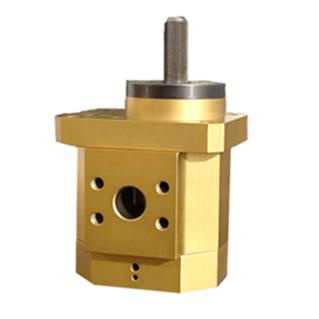How does a chemical pump work?
Chemical pumps are designed for demanding industrial jobs where chemicals must be pumped all day, every day. Engineered materials are used for the wetted end to pump virtually any chemical, from acids to caustics. Even viscous liquids and suspended solids can be pumped with volume controlled accuracy.
How does a chemical pump work?
The Madden diaphragm type chemical dosing pumps are positive displacement chemical pumps that allow the operator to adjust the displacement of the pump which changes the output rate. Madden pumps are “lost motion” type pumps which use a piston to mechanically move a rubber diaphragm that is the barrier separating the liquid from the inner workings of the pump. An electric motor drives a worm gear speed reducer that in turn turns a shaft with an eccentric installed on the shaft. As the eccentric moves forward the piston is pushed forward, along with the diaphragm, and the liquid that is in the wetted end of the pump is pushed out through the discharge check valve and into the piping going to the industrial process. As the eccentric continues to rotate through a 360-degree cycle it will eventually push the piston rod rearward, which pulls the diaphragm rearward. That rearward action creates a vacuum in the wetted end of the pump resulting in the chemical liquid being sucked into the wetted end through the suction side check valve.

|
Technical Parameters |
Operating parameters |
|
Material of Pump Body: 316L Stainless Steel
Material for Pump Gear: 440B Martensitic Stainless Steel
Shaft Sealing: Oil sealing, gasket sealing, screw seal,labyrinth seal, mechanical sealing, packing and spiral packing, combined
Heating Method: Electrical Rod, Conductive Oil or Hot Water Model/Volume Range: 0.5cc to 12000cc, 0.5cm3/rev - 12000cm3/rev
|
Viscosity: ≤10000 Pa.s
Working Temperature: ≤300℃
Inlet Pressure: vacuum – 1.5MPa
Differential Pressure: ≤120MPa
|